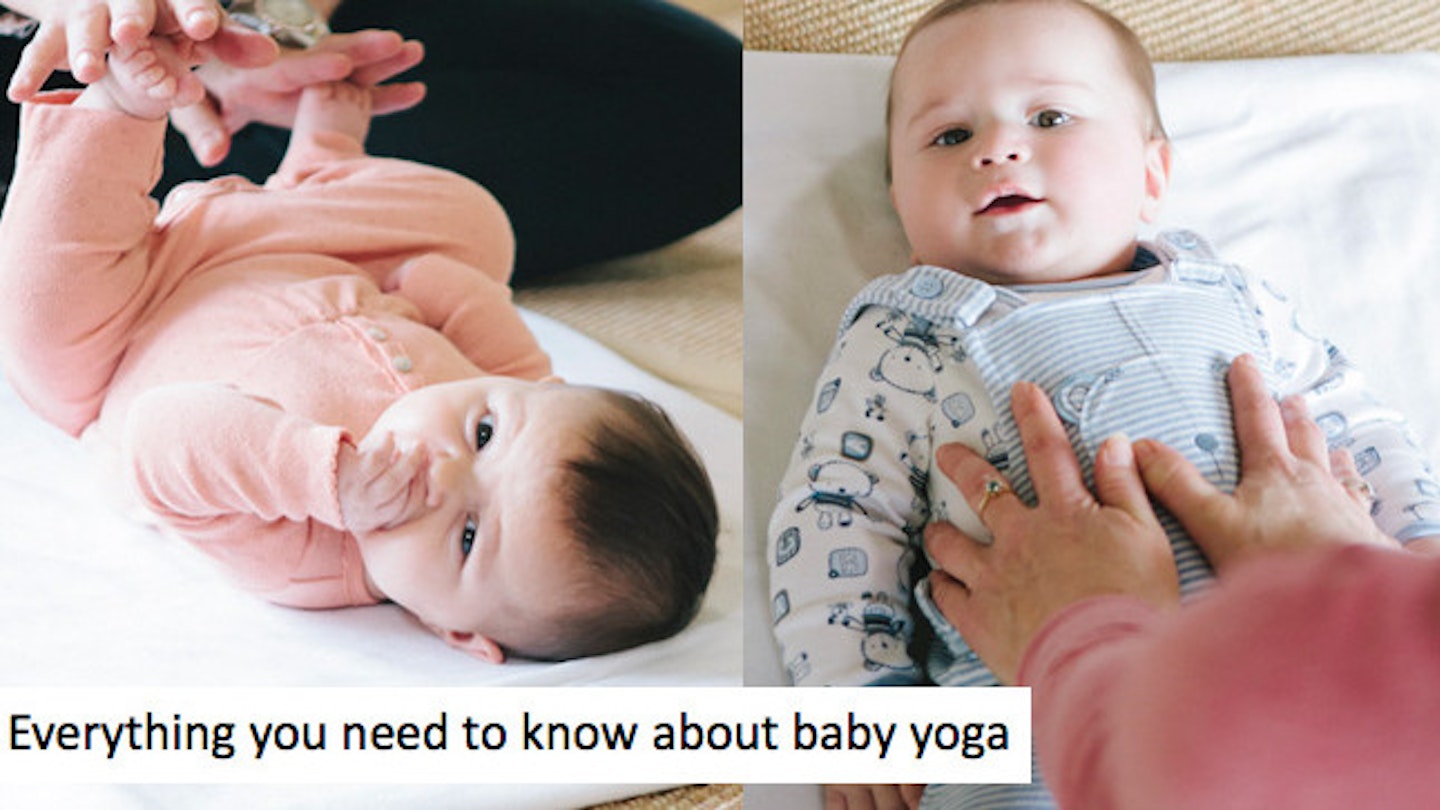**What are the health benefits for babies in practicing baby yoga? **
Baby Yoga mixes physical touch with emotional contact and movement, as well as being fantastic for bonding, there are developmental benefits too. For example, Baby Yoga will strengthen your baby’s body which will help to promote early motor skills, like balance, body awareness and coordination. It can aid digestion and help to relieve colic, and can also help regulate your baby’s sleep patterns.
It’s a great way to help you feel more confident with your baby’s body, and it will help your baby to feel more confident in their own body and what it can do – helping them to enjoy and explore their new found skills!
What benefits will your child have as they grow up and in later life?
The younger you start doing Baby Yoga with your little one, the more it will simply become another positive lifestyle choice for them. It will help them to think about what a healthy lifestyle is, which will help to set them up to make healthy choices, such as staying active, finding pleasure in movement, healthy eating and staying relaxed.
All of these things will help them to become happy, healthy adults! My daughter, who’s 7, insists we do yoga before school, she feels better for doing it and so it’s not a chore – it’s a really simple thing for her, it makes her feel good, so she wants to do it…I don’t feel quite the same at 6am, but that’s another matter!
What benefits are there for the mum?
Your baby is a great natural weight for you, and for your baby, you’re a fantastic natural gym. From when your baby’s born, the sooner you start physically engaging with them the stronger you with both become, and it will happen gradually.
The two key areas for a new mum are exercising your pelvic floor, and strengthening your back. In lifting your baby and engaging your core muscles, you will help to do both of these things. The sooner you get back into physical activity after having a baby the more confident you will feel in yourself, Baby Yoga can be a fantastic re-introduction to movement for you – in including your baby they become another opportunity for movement, rather than a barrier.
How can we practice it safely?
So that your baby enjoys Baby Yoga as much as possible we advise that you wait until they are 6 weeks old. By this age they will have gained much more control over their head and neck, allowing them to truly embrace the experience.
All your baby will need to get started is a footless outfit, a soft, non-slip surface – like a towel – and a well-fitting, stretchy nappy. Pampers Active Fit is a great option because it has stretchier sides than ordinary nappies, and an unique extra-absorption layer, so your little yoga master can twist and turn undisturbed by a wetness, for up to 12 hours!
Believe it or not, this is a big workout for your little one, so go gently at first and read your baby’s signals with every step.
Read these top baby yoga tips
Baby yoga tips
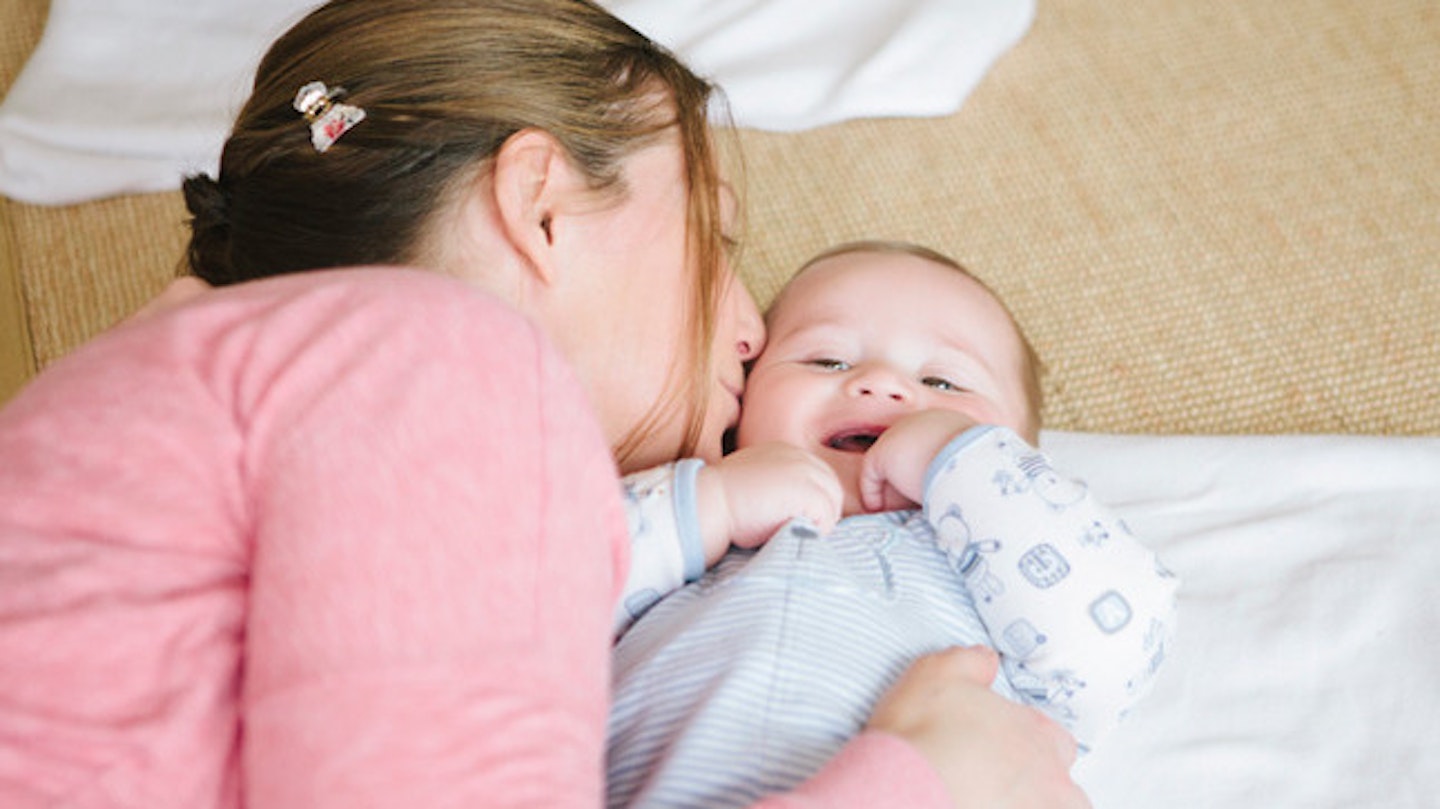 1 of 8
1 of 8ONE
Firstly, consult your health visitor or family GP if you have any specific concernsTry the Pampers Natural Baby Yoga Plan when your baby appears active and is showing you that they want to play and move
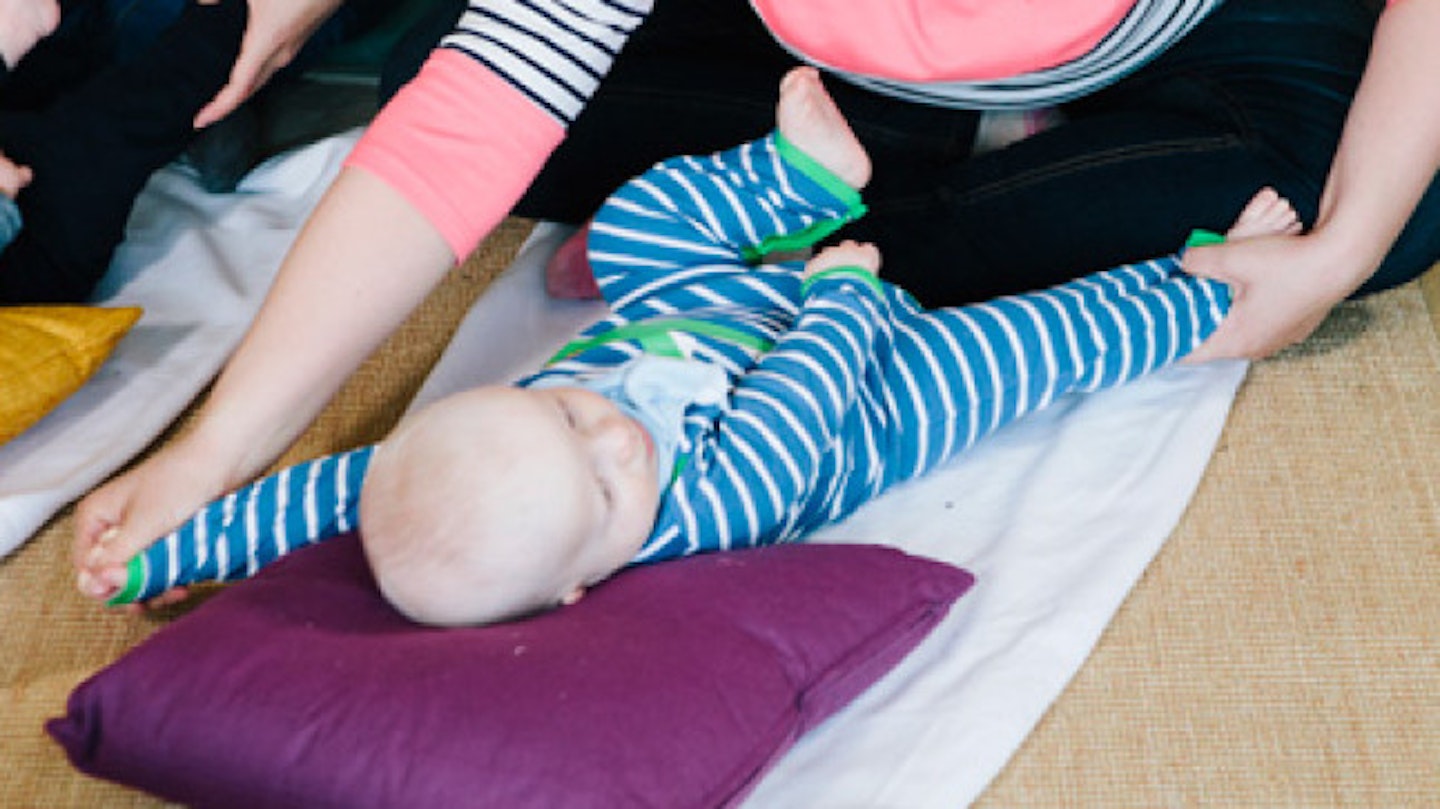 2 of 8
2 of 8TWO
Don't try Baby Yoga is your baby is tired, hungry or has just been fed. Remember Baby Yoga is only beneficial for your baby if they are feeling happy and comfortable.
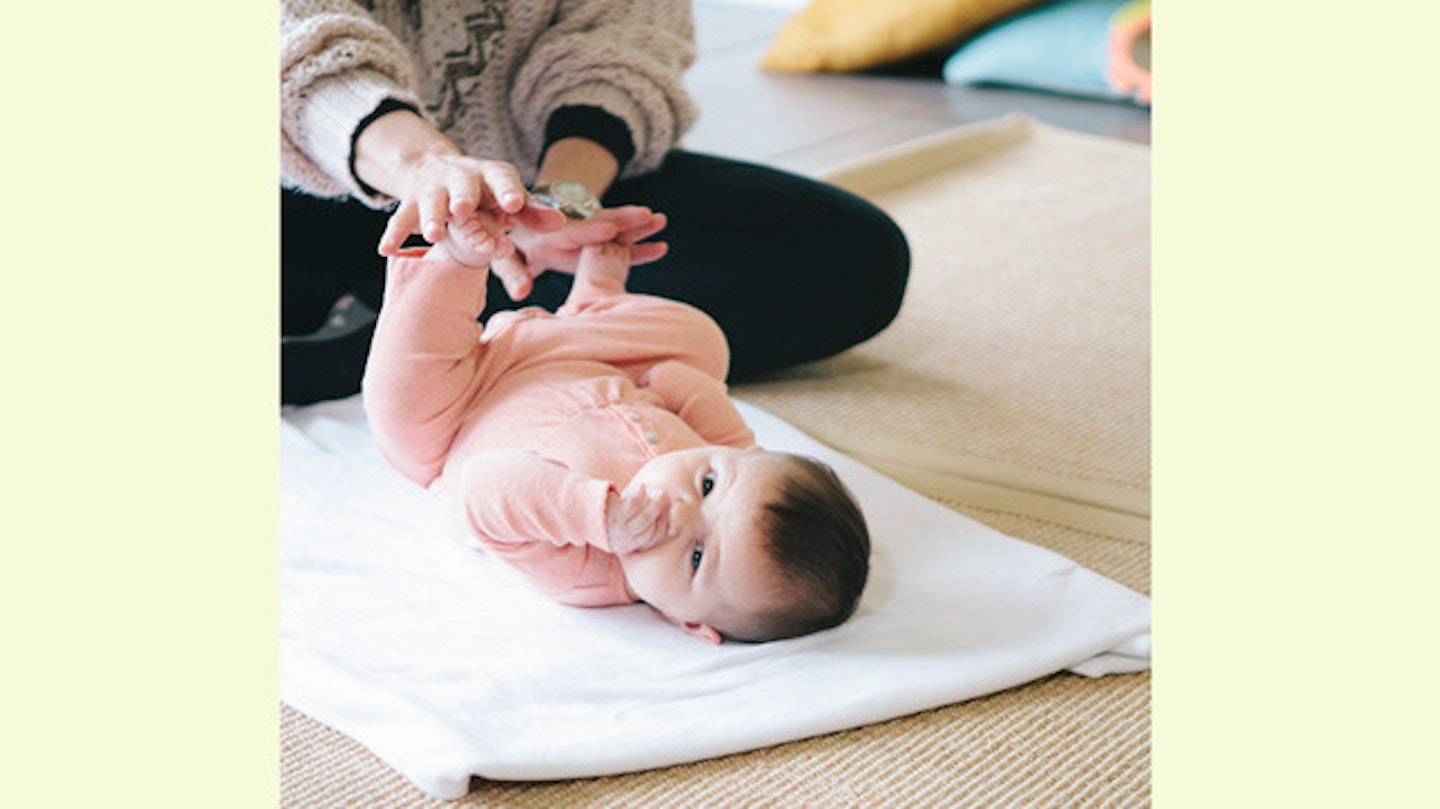 3 of 8
3 of 8THREE
All parents feels tired sometimes, but try not to do Baby Yoga with your baby if you're feeling over-tired or uncomfortable yourself, your baby will respond and might get discouraged; it's better to save it for when you're both in the right frame of mind.
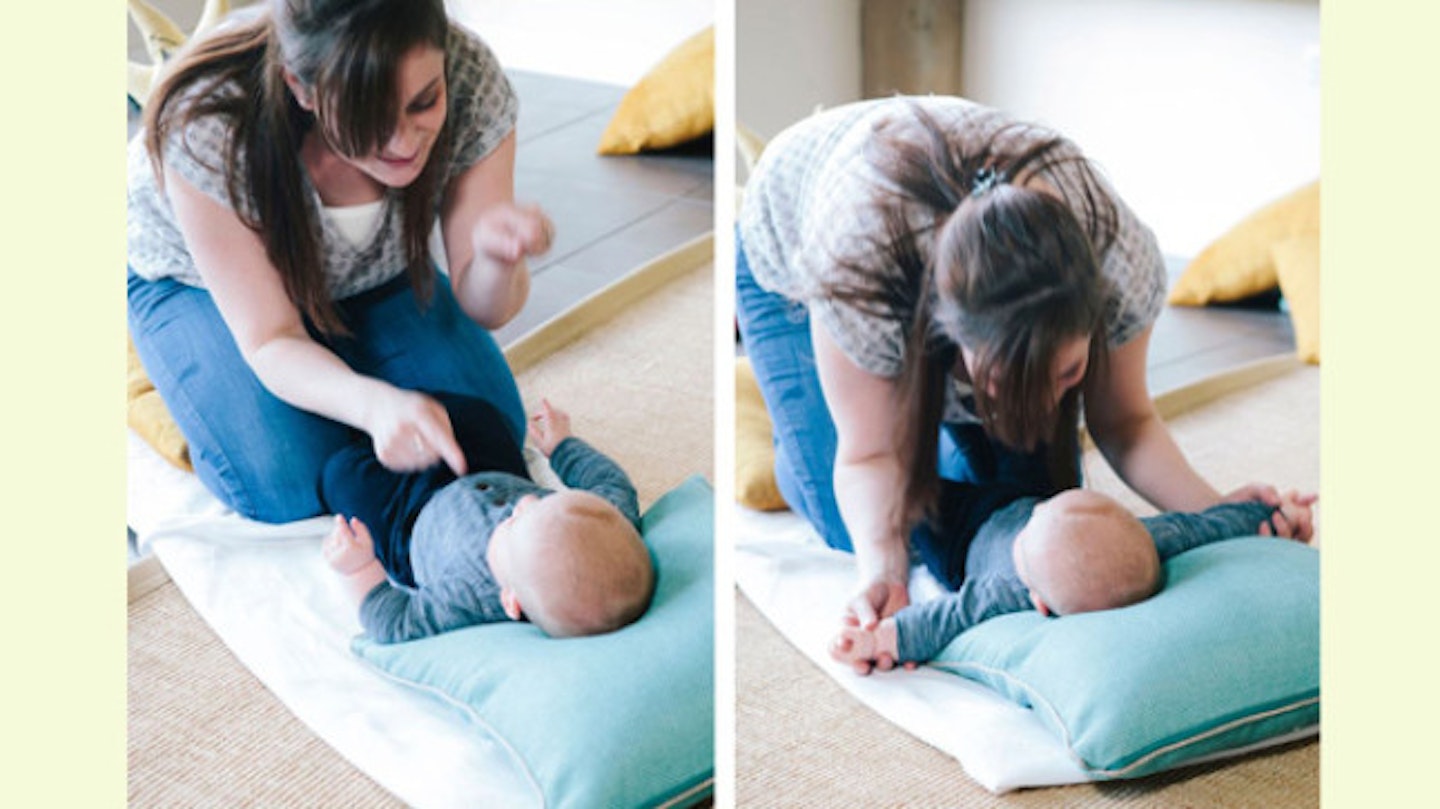 4 of 8
4 of 8FOUR
Keep good eye contact with your baby as you're doing the moves. Really 'tune in' to your baby, because it will allow you to check they're enjoying themselves, and respond!
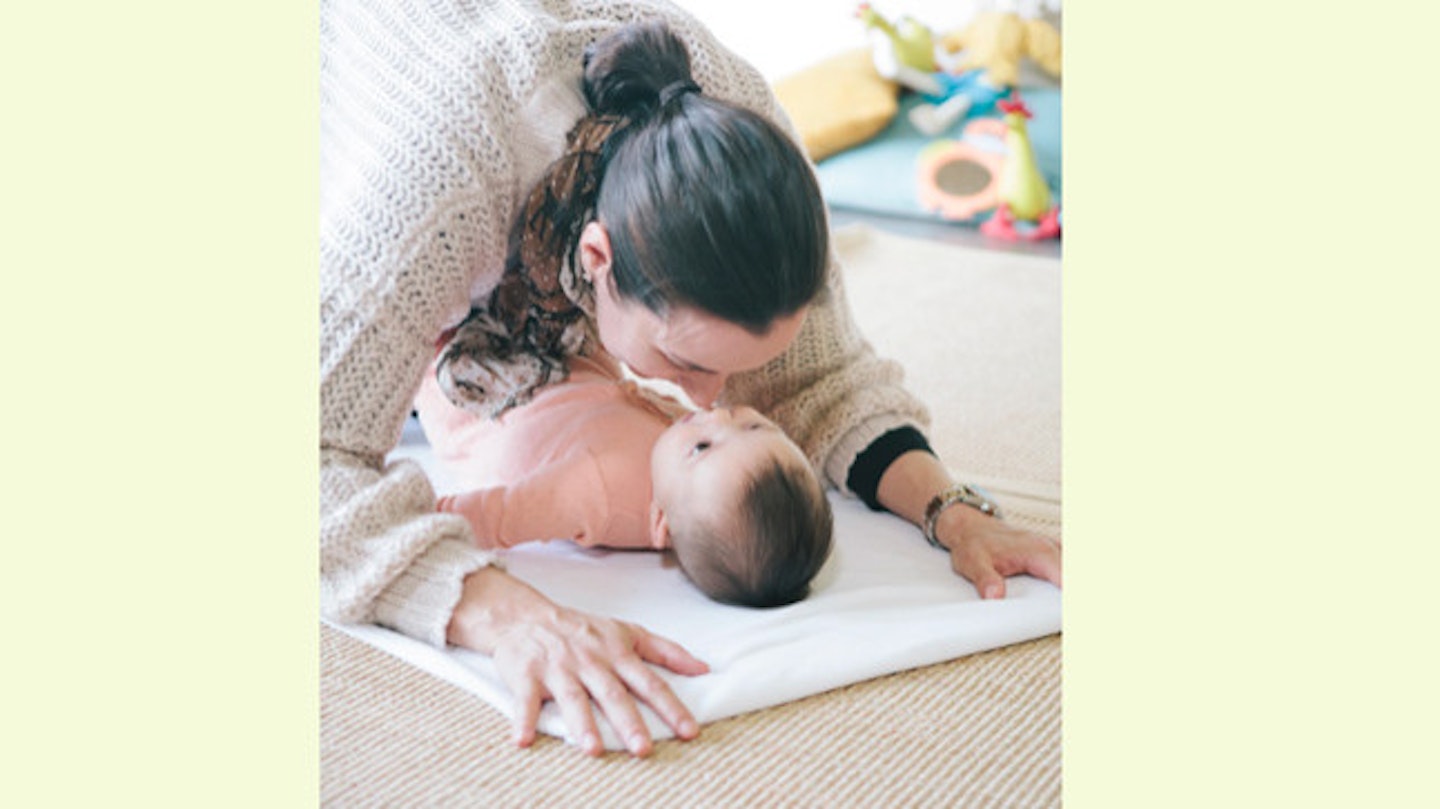 5 of 8
5 of 8FIVE
Smile at your baby, to reassure them.
 6 of 8
6 of 8SIX
Never force the movements. If your baby is under 5 months they will have less range of movement at their shoulders, elbows, hips and knees compared with an older baby. Younger babies rely on this tightness to move, so it's important not to disrupt this.
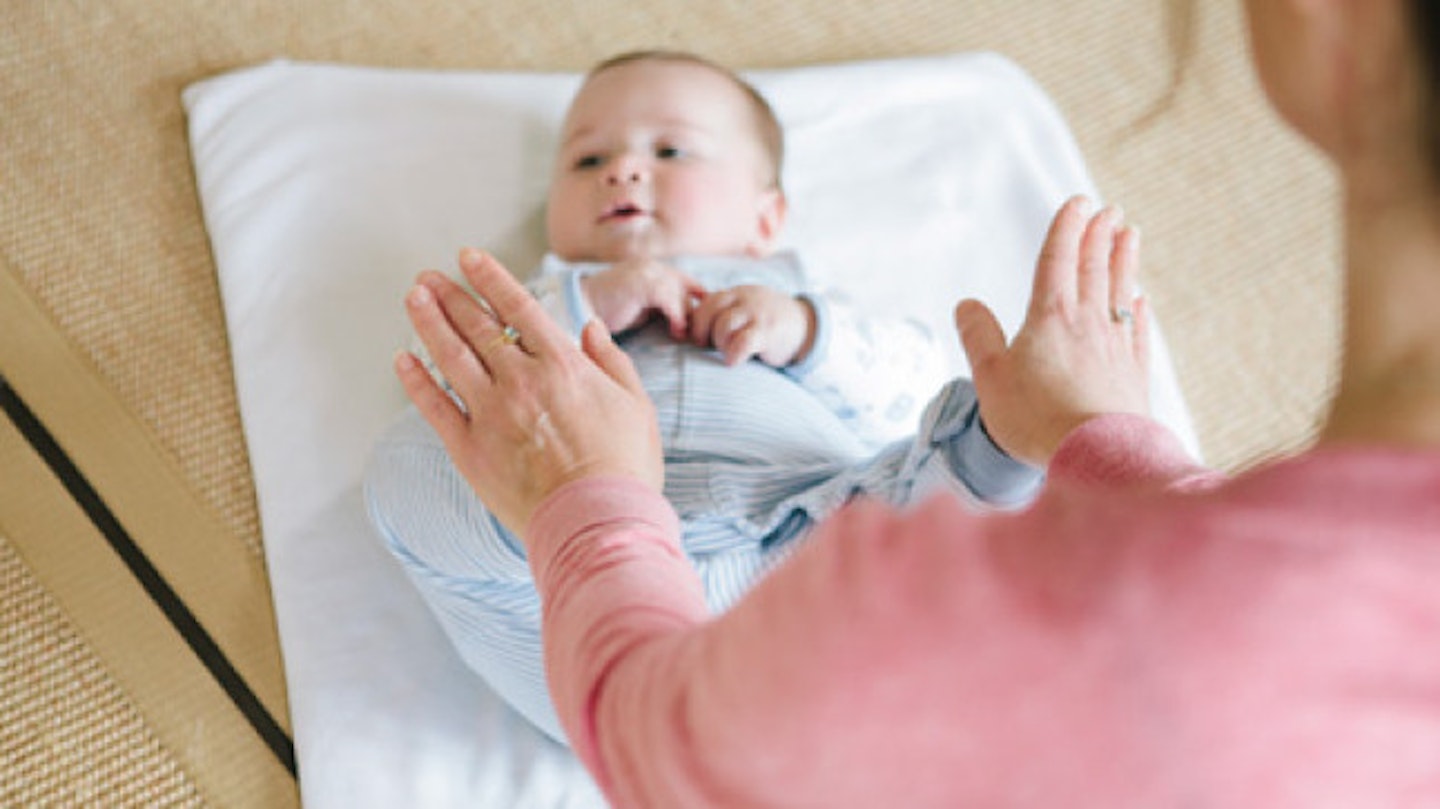 7 of 8
7 of 8SEVEN
Start off with just a couple of repetitions, increasing length and duration as you learn together.
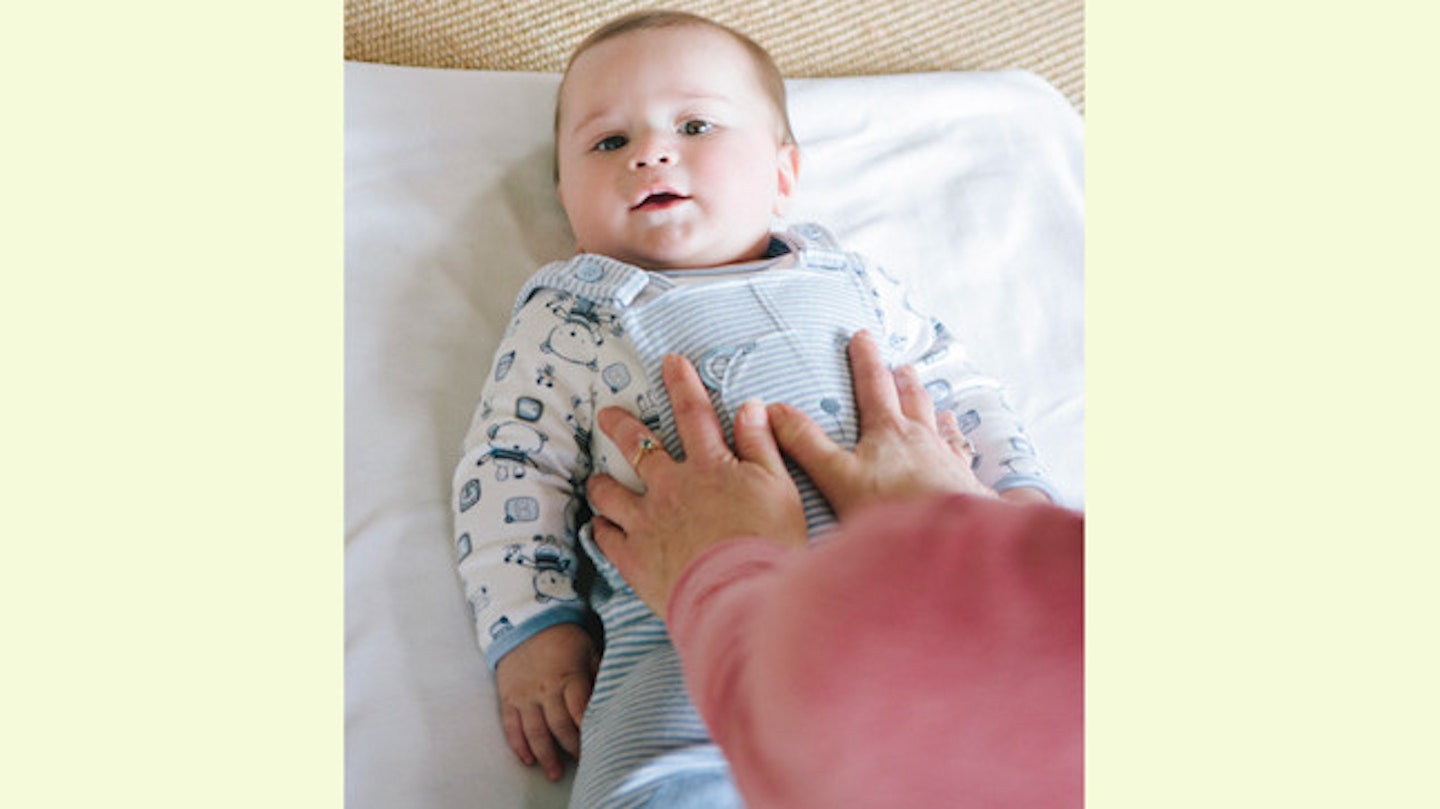 8 of 8
8 of 8EIGHT
Remember to show your baby how proud you are of their new skills!
Find out more at www.pampers.co.uk
